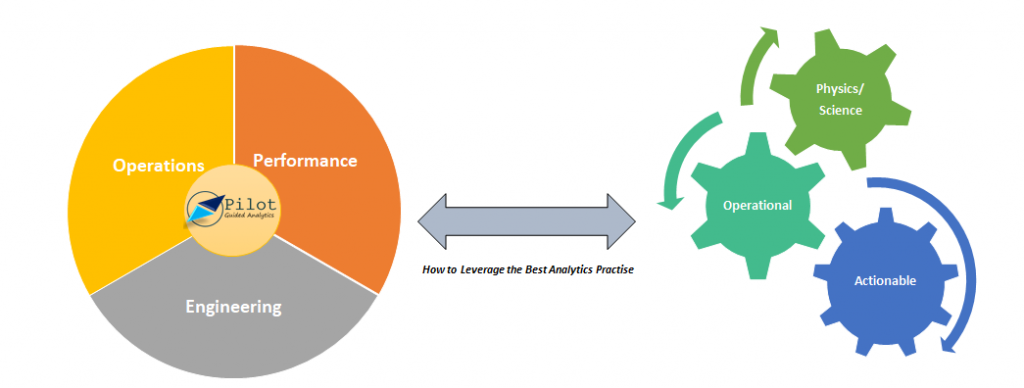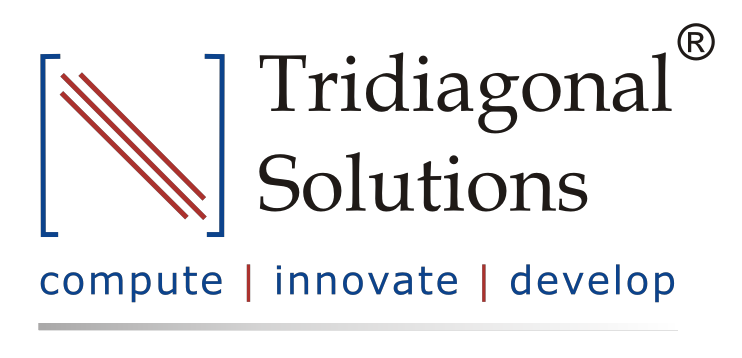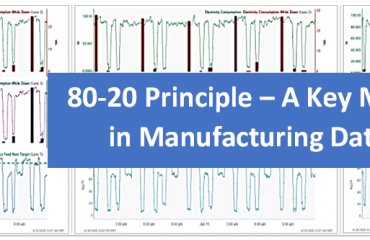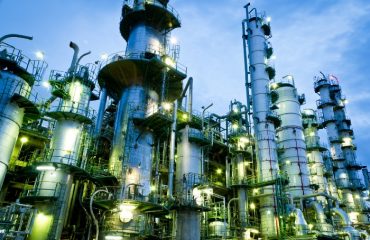What is Soft-sensor?
Soft-sensor is a fancy term for the parameters which are derived as a function of the sensor- captured parameters. These could also be termed as “Latent Variables”, which are not readily available, but is required as a key metric to estimate the process/asset performance.

Why Soft-sensor?
As said above, soft-sensors are the the key metric that dictate the efficiency and performance of any process or the asset. The evaluation of these parameters become a necessity when monitoring the real-time performance of the system and enabling the future predictions for failure preventions and performance assessment.
How to derive a Soft-sensor?
This question becomes important in-order to devise a right metric to derive the soft-sensor. These parameters could either be estimated through data-driven techniques or through first principle models. Typically, we leap through the following steps to generate a soft-sensor:
- Select/Evaluate the right soft-sensor which is required to estimate the performance
- Gather all the required constants or the sensor signals which will be required to develop it.
- Look for the possible ways (Data-driven/Mechanistic) to evaluate it
- Test it in the production environment, and estimate it’s direct inference in the real-time operations
- If satisfactory, then use various forecasting rules/techniques to estimate the performance in the successive events
Soft-Sensor in Oil and Gas Industry
Soft-sensors has recently observed a lot of attraction in Oil and Gas industry. It’s been used heavily for assessing the performance of the industry enablers/assets such as Heat Exchangers, pumps, compressors…etc. Deriving such parameters becomes hard when we try to implement it in a process which is heavily governed by the first-principle/mechanistic models. This also brings in the requirement of integrating those models into the analytics workspace for a convenient and reliable analysis.
Let us look into the two different scenarios(Use cases) where we will be using soft-sensors derived through 1) Advanced Machine Learning Techniques, and 2)Mechanistic Techniques:
Use case I:
Debutanizer column performance prediction:
For debutanizer column performance is dictated by the extent of separation that happens to obtain a high purity C4 fraction from the tops as LPG (gasoline is obtained as the bottoms).

This image is taken from https://modeldevelopment.thinkific.com
The challenge with this process comes when the gas chromatograph which is used for real time monitoring of the C4 fraction in the stream is off-due to maintenance. Such situation handicaps the operator/engineers to qualify the process performance. The lab analysis for estimating the quality of the product takes a while(few hours) to verify the process performance that happened in the past. This shows that gas chromatograph becomes a necessity to evaluate the process performance in real time, but due to its own maintenance challenges it brings in a major requirement to replace it with the possible mathematical model that can operate for all time without any operational failure in it’s own. This mathematical model can also be a potential replacement for lab analysis if developed with all the required parameters and assumptions.
For this process the sensor available data includes flow-analyzer, temperature, pressure from various controllers in the set input stream.
A machine learning model could be utilized to establish a model between C4 fractions from the lab and the sensor parameters by capturing the inherent linear/non-linear behavior. The predicted model in comparison to the actual C4 value could be seen in the figure below:

This approach becomes very important because Oil and Gas industry is heavily dependent upon the separation technologies, primarily the distillation column. If utilized properly, then most of the operations can be automated in-order to bring about efficiency in the process, and also in terms of the incurred production losses.
Technologies such as ASPEN can also be utilized to generate the synthetic data, which can be used to develop the model. Then it also opens-up the gateway for modeling the soft-sensor for variability estimation in the input stream such as composition changes, temperature deviations, and many others. A whole network of the process can be viewed and analyzed using our “Analytics Thread” approach, that can identify the precursor failures/abnormalities with respect to the subjected process.
Use case II:
Compressor Modeling and performance prediction:
Monitoring equipment such as compressor, heat exchanger and pumps becomes important as they are many in numbers and failure of one such asset can stop the successive production events, which can cause huge monetary losses. The only task of such equipment is either to enable the industry with required and necessary flow, or to maintain the stream with the required Temperature and Pressure.
Due to continuous flow of the oil/water streams(impurities) through these assets, corrosion/scaling/fouling becomes a major process challenge that can bring down it’s life cycle and reduce the performance eventually.
The challenge with compressor performance monitoring is that the only available sensor data is its suction and discharge pressure and temperature, which is not sufficient enough to estimate its efficiency. We need to bring the thermodynamic part of the intelligence to the analytics layer. Right, the thermodynamics model which in this would be isentropic path exponent, polytropic path exponent and efficiency, power equations, ideal gas law, compressor chart for discharge pressure and power…etc.
Although these parameters are not available in real-time basis, but these mechanistic model/equations can be integrated in the analytics layer to enable it’s calculation in the near real-time.

This use case was developed in seeq platform
Once these equations are ready, we can layer the prediction model on the training dataset to create a model that is purely the function of the sensor recorded data, by capturing the highly complex/non-linear behavior of the system. This way one can reduce the computational cost that went behind these set of calculation for every new data received.
Innovate your Analytics
I really hope that this article helped you to benchmark your strategy for deriving the right analytical strategy in your Industrial Digitization journey. For this article our focus was on soft-sensors, stay tuned for more interesting topics.
Who We Are?
We, Process Analytics Group(PAG), a part of Tridiagonal Solutions have the capability to understand your process and create a python based template that can integrate with multiple Analytical platform. These templates can be used as a ready-made and a low code solution with the intelligence of the process-integrity model (Thermodynamic/first principle model) that can be extended to any analytical solution with available python integration, or we can provide you an offline solution with our in-house developed tool (SoftAnalytics) for soft-sensor modeling and root cause analysis using advanced ML/AI techniques. We provide the following solutions:
- We run a POV/POC program – For justifying the right analytical approach and evaluating the use cases that can directly benefit your ROI.
- A training session for upskilling the process engineer – How to apply analytics at it’s best without getting into the maths behind it (How to apply the right analytics to solve the process/operational challenges)
- Python based solution- Low code, templates for RCA, Soft-sensors, fingerprinting the KPIs, and many others.
- We provide a team that can be a part of your COE, that can continuously help you to improve your process efficiency and monitor your operations on regular basis.
- A core data-science team (Chemical Engg.) that can handle the complex unit processes/operations by providing you the best analytical solution for your processes.
Written by,
ParthPrasoon Sinha
Sr. Data Scientist
Tridiagonal Solutions




